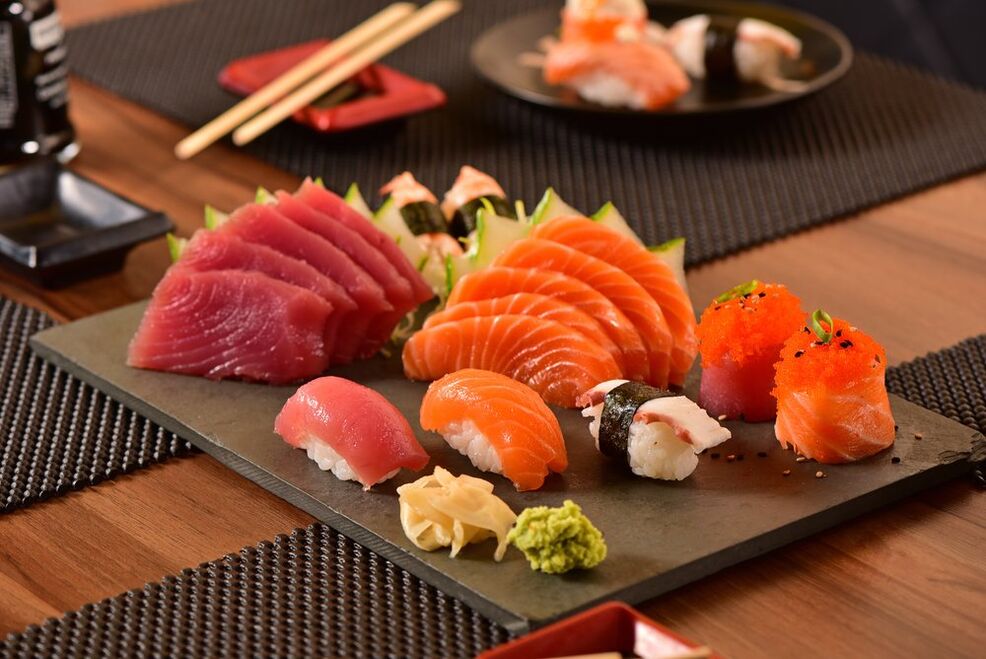It's no secret that different countries have their own culinary habits and preferences. Japanese cuisine attracts a large number of people, because among the inhabitants of the Land of the Rising Sun there are practically no overweight people. Its proximity to the sea left its mark on food, but rice has been and remains the most important cereal crop here. The Japanese diet for 14 days has the correct menu, consists of these products, and other nutritional systems have nothing to do with it.
Japanese eating habits
These "little" and hardworking people eat mostly seafood. Access to the ocean provides for their protein needs, which they get along with fish and other sea creatures. Omega polyunsaturated fatty acids it contains prevent many cardiovascular diseases and reduce the risk of death from heart attack and stroke. This is confirmed by scientists from Tufts-New England Medical Center, Boston, USA. The Japanese love for sushi and rolls is well known, and the nation very often includes seaweed on its menu.
Fermented foods, which they have prepared for over a thousand years, contribute greatly to weight loss and maintaining their weight. But even if you can't get your hands on traditional miso, you can easily replace it with sauerkraut. Their traditional menu does not include sweets, pastries and pastries. In this country, desserts are eaten in very small quantities, so those interested in Japanese food will have to give up. But what should accompany almost every meal is tea. Chinese scientists from Zhejiang University have shown that water extract of matcha tea has positive effects on antioxidant status, lipids and glucose levels in fat-rich foods.
What foods can you eat in your diet?

The Japanese diet has nothing to do with the rigid food system that is so widespread on the Internet. Why starve yourself when you can create a comprehensive and rational menu of seafood and fish, eggs, rice, all kinds of fruits and vegetables. If you wish, you can include food and meat, but only lean varieties - chicken breast, beef, veal, rabbit. It's better to bake, boil, or steam them, because frying as a cooking process is not a feature of Japanese culture, and has long been proven unhealthy.
Here's a sample menu for one day:
- for breakfast, bread with cheese and tea;
- the second breakfast consists of fruits, such as bananas;
- for lunch, cook vegetable soup and steamed fish;
- for an afternoon snack, rice porridge;
- prepare a seafood salad for dinner.
The Japanese diet lasts 14 days. During this period, you can lose 1 to 5-7 kg, depending on the weight the person used to start with. Of course, you should first consult a specialist, especially one who suffers from diseases of the digestive tract. They can be recommended to include fermented milk drinks in the menu more often - fermented baked milk, kefir, yogurt, but choose only natural ones with a short shelf life.














































































